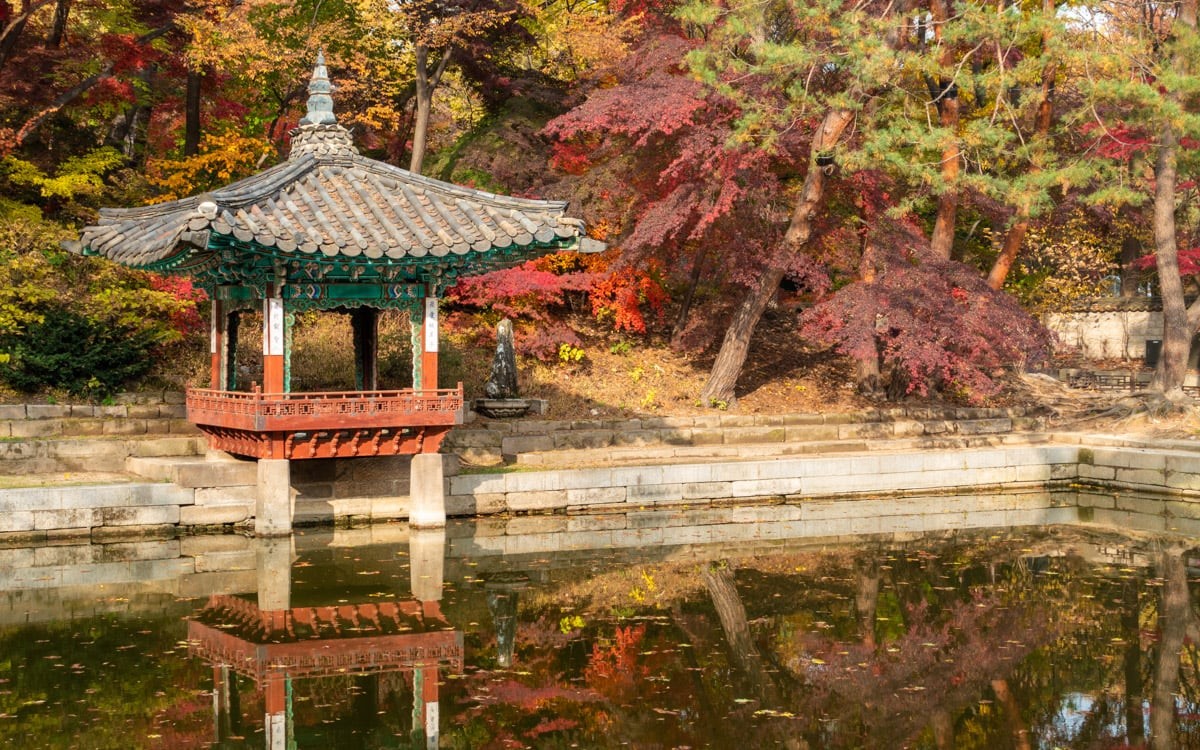
London: History and Places to Visit
London, the capital of the United Kingdom and one of the world’s most influential cities, is renowned for its rich history, diverse culture, and iconic landmarks. As a global center for finance, art, and education, London offers a unique blend of historical heritage and modern innovation. From historic palaces and museums to vibrant markets and trendy neighborhoods, London is a city with something to offer every traveler.
The History of London
London’s history dates back over 2,000 years, to its origins as a Roman settlement known as Londinium. Established around AD 43, Londinium grew rapidly as a major commercial and administrative center within the Roman Empire. After the fall of the Roman Empire, London underwent several periods of decline and resurgence, influenced by successive invasions and shifts in power.
During the medieval period, London emerged as a prominent city under the rule of the Normans, with the construction of landmarks like the Tower of London and Westminster Abbey. The city continued to expand and prosper through the Tudor and Stuart periods, experiencing significant events such as the Great Fire of 1666 and the English Civil War.
The 19th and 20th centuries brought industrialization and modernization, transforming London into a global metropolis. Today, London stands as a vibrant and diverse city that embraces its historical roots while continually evolving.
Places to Visit in London
1. The British Museum
The British Museum is one of the world’s most renowned museums, housing a vast collection of art and artifacts from around the globe. Established in 1753, the museum’s highlights include the Rosetta Stone, the Elgin Marbles, and the Egyptian mummies. The museum offers free admission and is a treasure trove of human history and culture.
2. Buckingham Palace
Buckingham Palace is the official residence of the British monarch and an iconic symbol of the British monarchy. The palace, located in Westminster, is known for its stunning architecture and the famous Changing of the Guard ceremony. During the summer months, the State Rooms are open to the public, allowing visitors to explore the opulent interiors.
3. The Tower of London
The Tower of London, a historic castle on the banks of the River Thames, has served various roles throughout history, including as a royal palace, prison, and treasury. Founded by William the Conqueror in 1066, the Tower is home to the Crown Jewels and offers fascinating guided tours led by the Yeoman Warders (also known as Beefeaters).
4. The Houses of Parliament and Big Ben
The Houses of Parliament, also known as the Palace of Westminster, is the seat of the UK Parliament and an architectural marvel. The iconic Big Ben, officially known as the Elizabeth Tower, is one of London’s most recognizable landmarks. Visitors can take guided tours of the Parliament buildings when Parliament is not in session.
5. The London Eye
The London Eye is a giant Ferris wheel situated on the South Bank of the River Thames. Standing at 135 meters (443 feet) tall, it offers breathtaking panoramic views of the city. The Eye is particularly stunning at night when it is illuminated, providing a unique perspective of London’s skyline.
6. Trafalgar Square
Trafalgar Square is a central London landmark known for its grand architecture and cultural significance. The square is dominated by Nelson’s Column, which commemorates Admiral Nelson’s victory at the Battle of Trafalgar. The National Gallery, located on the square’s northern side, houses an extensive collection of Western European art.
7. Covent Garden
Covent Garden is a lively area known for its historic market, street performers, and vibrant atmosphere. Originally a fruit and vegetable market, Covent Garden is now home to a variety of shops, restaurants, and theaters, including the Royal Opera House. The market’s piazza is a popular spot for shopping and entertainment.
8. The Natural History Museum
The Natural History Museum is renowned for its impressive collection of specimens, including dinosaur fossils, minerals, and gemstones. The museum’s iconic building, with its Victorian architecture and elaborate decorations, houses exhibits on the natural world and is a favorite destination for families and science enthusiasts.
9. The Tate Modern
The Tate Modern is one of London’s leading contemporary art museums, housed in a former power station on the South Bank. The museum features works by modern and contemporary artists from around the world, including pieces by Picasso, Warhol, and Hockney. The museum’s industrial setting provides a striking contrast to its cutting-edge exhibits.
10. The Shard
The Shard is the tallest building in the UK and offers spectacular views of London from its observation deck on the 72nd floor. Designed by architect Renzo Piano, the Shard’s distinctive glass façade and innovative design make it a prominent feature of London’s skyline. Visitors can enjoy a meal or drink while taking in panoramic views of the city.
Conclusion
London is a city that seamlessly combines its rich historical heritage with contemporary vibrancy. From the grandeur of Buckingham Palace and the historic intrigue of the Tower of London to the modern architectural marvel of The Shard and the cultural offerings of the Tate Modern, London provides a diverse array of experiences. Its dynamic neighborhoods, world-class museums, and iconic landmarks make it a captivating destination for travelers seeking to explore one of the world's great global cities.





